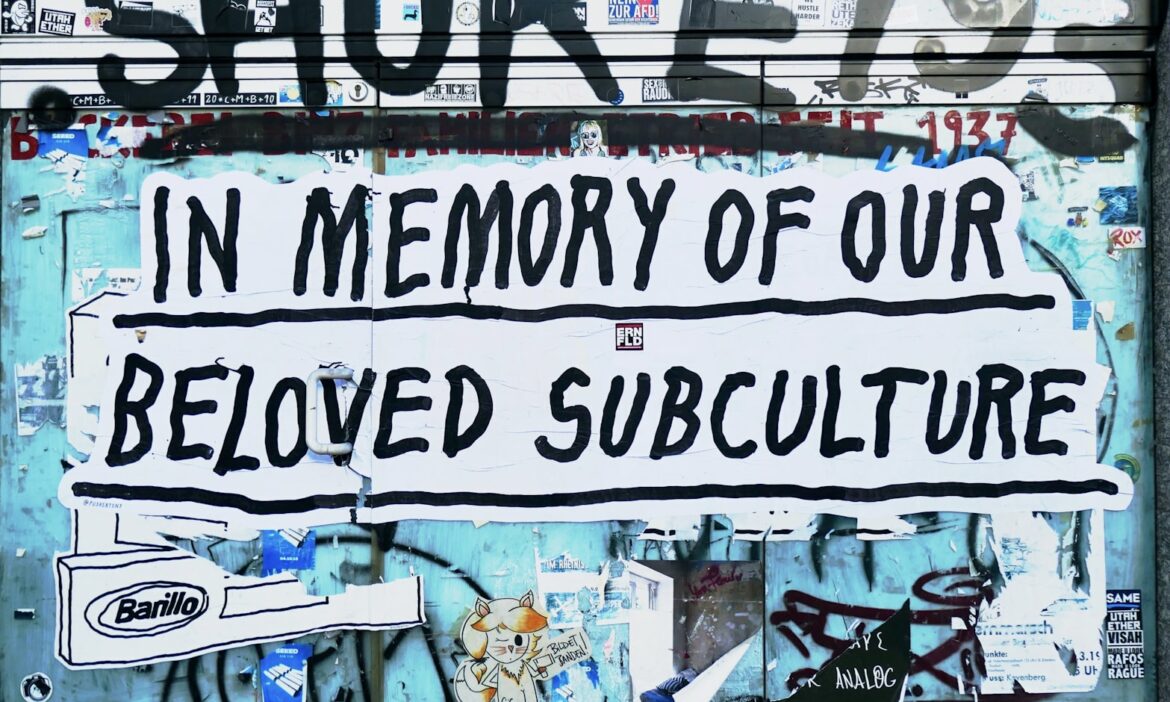Imagine a dimly lit room, where the gentle glow of a computer screen casts ethereal shades of blue across a colorful mural plastered on the wall. There’s a funky assortment of plush toys perched haphazardly on the shelf, each representing a different corner of internet culture. Maybe there’s a well-loved Totoro, next to a few unassuming Minecraft figures, and a curious cat that stares at the screen with the same intensity as its owner. As the keyboard clacks softly, a cascade of memes, references, and inside jokes flicker by in a chatroom filled with people from different corners of the globe. This scene embodies the rise of internet subcultures—vibrant communities that thrive online, each with its unique flavor that colors our collective digital experience.
Gone are the days when being a nerd or an outsider felt isolating. The internet has served as a great equalizer, uniting diverse groups under sprawling banners of shared interests. From the quirky enthusiasts of niche TV shows to the devoted fans of obscure video games, we’ve witnessed the birth of countless vibrant microcosms that offer refuge and belonging to those who seek it. It’s fascinating how a single tweet or a comment on a Twitch stream can ignite discussions that last for hours or even days. These interactions form a unique digital tapestry—a rich blend of personal stories interwoven with references that outsiders might struggle to decode.
Take, for example, the captivating world of “vintage internet” subcultures, where nostalgia meets creativity. Websites like Neocities host personal homesteads for those looking to recapture the charm of 1990s web design, celebrating animated GIFs and the restrained beauty of table layouts. The fervor with which community members share their throwback aesthetics and personal web projects feels akin to an art movement, each website a canvas displaying their unique vision. It’s not just about the surface; it’s a reclamation of a lost era that speaks to the value of simplicity and authenticity in interpersonal digital communication.
Then, there are the emerging youth cultures associated with platforms like TikTok and Discord, where previously niche interests, whether it’s skibidi toilet videos or the intricate art of meme-making, flourish rapidly and reach sprawling audiences. Digital dances vary from region to region but often symbolize a shared joy, a collective experience that transcends geographical boundaries. Communities bond over their creation of their interpretations of trends while innovating new formats—microcosmic revolutions of identity that highlight deeply personal aspects of contemporary life. Here, trends can spiral from an innocent joke to an all-encompassing movement in mere hours.
The allure of anonymity opens the door to genuine self-expression. Within the safe confines of online spaces, people can shed societal expectations, presenting versions of themselves that feel unfiltered and authentic. Whether it’s the glitter-laden world of K-Pop fandoms, the rigorous debates of political leftism on various subreddits, or the revelry found in cosplay and its intricate intersections with identity—subcultures become safe havens for self-exploration. Shared passions invigorate these spaces, reminding individuals that their quirks, far from being eccentricities to hide, are badges of honor that link them to something much larger than themselves.
This deepening connection to subcultures shines a spotlight on the impact of community-building through mutual interests—strangers from different backgrounds bond over shared enthusiasms and fierce loyalty to their chosen icons, shows, or games. It fosters a sense of kinship among members who, despite coming from vastly different life experiences, can engage in passionate debates, celebrate victories together, or simply share a laugh over an inside joke that evokes the intricacies of their collective identity.
Moreover, internet subcultures are forever morphing, each year bringing a fresh crop of creators pushing boundaries in aesthetics, sound, and narrative. As the boundaries between mainstream and subculture blur, each influences the other in an enriching dialogue. Trends that once lived on the fring

